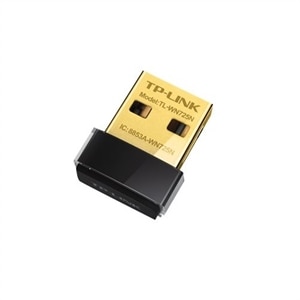

The focus tends to be over performance in isolated and controlled state, but that says little or nothing about real world behavior. They don't test WiFi equipment against a variety of different devices, and they don't check for interference from other networks, and under different channels. Worse, everything changes when many devices are added to the network, like a large number of laptops, phones, tablets which the family, friends and neighbors overlap, accessing my network or other networks I don't use.Īt this moment IssiDer shows 2 dozen devices at reach of my PC, and I don't have any control over them. On the lynksys router, MOST internal WiFi plaques work better, but not all, and not all the USB devices.

The huawei dongle works well with the huawei router, and so does SOME internal WIFi plaques. I also have some laptops with internal WiFi plaques, some USB WiFi dongles, and many phones and tablets. The affordability factor of these devices is also a consideration, as many users want good value for their money. While not quantifiable like a speed metric or signal strength on a chart or graph, these more subjective points are also critical if the adapter comes with unstable software or protrudes too far from the USB port, for example. This subjective evaluation includes the overall design of the adapter, the internal contents of the device, the installation process and the included software. While not data-based, qualitative observations are also important in choosing the best gear. The 5GHz frequency was mostly used commercially, while more commonly used in households as part of the 802.11n specification, and was pushed to the forefront by 802.11ac. In the area of wireless networking, the important metrics include data throughput and signal strength on the two frequencies that are used: the original 2.4GHz that goes all the way back to the 802.11b standard, as well as the 5GHz band first introduced in 802.11a. To that end, Tom's Hardware has invested in setting up a new hardware testing laboratory to generate networking results.

It needs to be generated in a reproducible fashion, under controlled conditions. The quantitative method focuses on data gleaned from benchmarks.


 0 kommentar(er)
0 kommentar(er)
